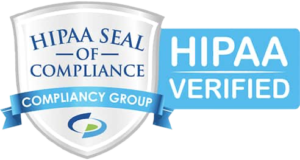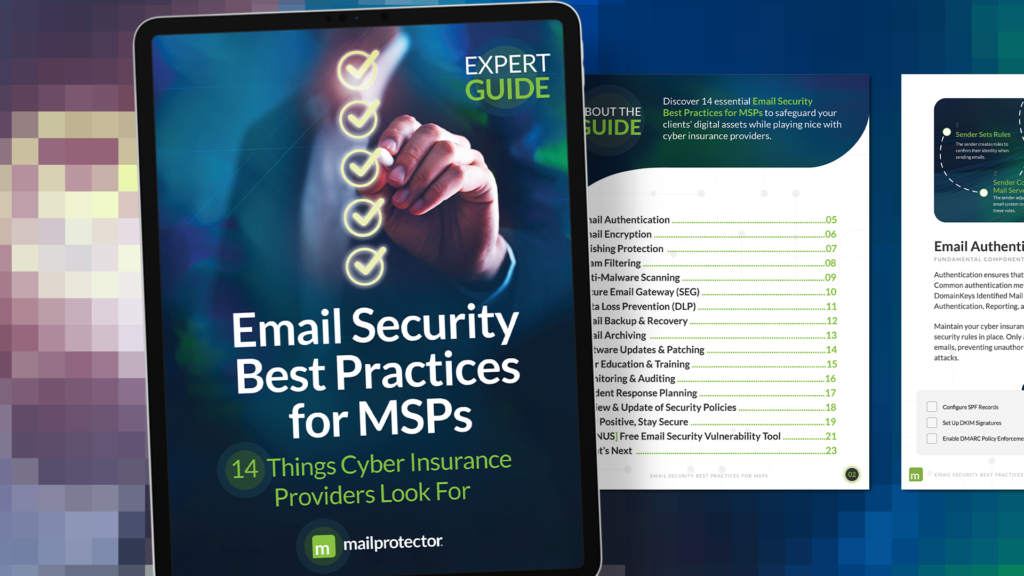Thirty years ago, few would have envisioned all of the options that business professionals have at their disposal today. Technology allows employees to perform some if not all of their work activities from virtually anywhere today, and companies are increasingly adopting mobile workplace policies. That movement towards more flexible office environments continues to gather steam. With record-low unemployment rates and shifting employment preferences (lifestyle options preferred over recognition), companies must keep pace with the competition, at least when it comes to working environment choices, to lure the top talent today.
That’s not the only reason organizational leaders continue to shift their work policies. IWG (International Workplace Group) reports that 65% of businesses favor remote workplaces since they reduce both CapEx and OpEx, and more than 85% of the respondents noted productivity improvements. Instead of wasting time sitting in traffic jams or commuting long-distance via train or bus, or bantering with bored office visitors, working from home or other remote locations allows employees to focus on their daily tasks with less stress and fewer distractions.
In fact, 50% of workers spend at least 2 ½ days a week away outside a traditional office, according to that same 2019 IWG research report. That means more opportunities than ever for MSPs with the insight and capabilities to support remote workplace needs, with cybersecurity services and consulting topping the list.
Neutralizing the Risks of a Mobile Work Environment
If you enjoy taking the “glass-half-full” perspective on the challenges of securing and supporting the mobile workforce, you’ll appreciate your clients limited understanding of the IT risks and challenges. MSPs can turn their inexperience into an educational strategy session that, with the proper planning and execution, can result in additional services opportunities (and greater MRR). In other words, put on your consulting hat and get busy.
Most principals of SMB organizations won’t understand all the complexities involved in building and managing a remote workforce technology plan. Your knowledge and expertise in that area, as well as the related solutions your team brings to the table, will be a valuable resource that they’ll come to rely on even more in the future. The complexity of these innovations will only grow over time (as will their dependence on your MSP).
One of the biggest challenges is securing all the applications, devices, and other systems that their employees may use when outside the protected environment of the corporate office. Neutralizing the risks is job one for MSPs. That starts with a plan that ensures every remote worker has the technology, mindset, and training to help keep the cybercriminals at bay.
That’s no easy task as the list of potential vulnerabilities which you and your clients have to deal with every day is expanding at an alarming rate. However, by addressing ‒ with a goal of eliminating ‒ the most significant risk factors, you can help ensure those remote workers enjoy a productive and safe computing environment. Those vulnerabilities include:
1. Mobile Malware
Smartphones, tablets, and similar devices are just as susceptible to malware as desktop computing systems, perhaps more so since users often have a false sense of security concerning these products. Educating remote workers on the dangers, as well as implementing data protection and access controls is a sure way to lessen the threat of an attack and help address your clients’ increasing list of compliance requirements.
2. Unsecured Public Wi-Fi
No one knows (or at least has reported) how many companies have been compromised by an employee innocently logging in to check their business email while enjoying coffee at their favorite breakfast place. The simple act of accessing corporate systems through an unsecured internet connection outside the office perimeter brings tremendous risk, and many organizations don’t have policies and protective measures in place to stop that practice from happening.
Whether working from home or at the airport or a hotel on a business-related trip, every employee should be supplied with and trained on how to use a VPN and email encryption. MSPs should emphasize those requirements and validate their usage as much as possible to ensure full compliance by all end users (including clients’ executive team members).
3. Lack of Device Control
Whenever a laptop, tablet, or smartphone leaves your client’s main facilities, it’s a security game-changer. No longer are they protected by the fortified and carefully monitored networks. The unknowns associated with taking company devices into the “wild” mean that IT professionals have to balance the company’s security needs with the employee’s ability to do work. Finding the balance between protection and productivity can be a challenge for MSPs who don’t always understand how workers use their systems outside the office.
An even bigger problem is when employees use personal devices to access work systems rather than their employer-supplied equipment, utilizing whatever data and network protection solutions they may have put in place. Those systems are a major threat. Whether it’s the lack of patching or outdated hardware, or they lack security measures needed to stop modern-day cybercrime, employee-owned devices can be a nightmare for an IT professional to manage.
Make Mobility Protection as a Service Part of Your Portfolio
While remote work policies weaken the control IT teams have over the devices and the end-users responsible for following prescribed security protocols and completing awareness training, it’s the new reality for SMBs.
Oversight is essential. Of course, that last part is another value-added service MSPs can and definitely should be offering their clients. That portfolio should include solutions mentioned above, including VPN and email security and encryption. End-point security with two-factor authentication is a must for remote workers, as well as for those operating inside your clients’ traditional office spaces.
That’s just the tip of the ice burg for providers. Your offsite protection program should also include data storage and BDR solutions and password management applications. Add consulting services to help your clients develop remote workforce policies and manage their employee cyber awareness training activities.
The list of opportunity areas is virtually endless. Do you highlight your MSP’s remote workforce protection capabilities? If not, it’s a great icebreaker for the sales and business development teams, and an excellent way to increase wallet-share with existing customers.


















